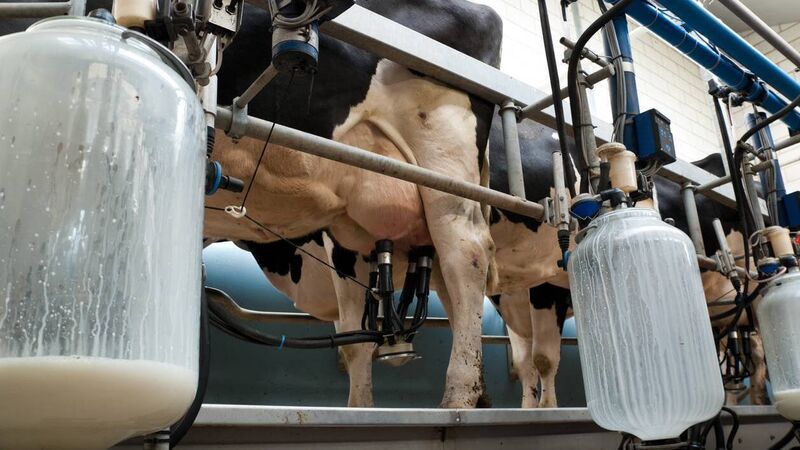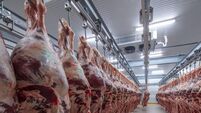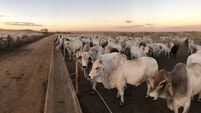Results of Teagasc milking trial show twice daily milking not needed

No difference in cows milked twice a day and those switched to 10 milkings per week.
You need only milk the cows 10 times a week in the second half of the lactation, according to one year's evidence from Teagasc research at Moorepark.
The research continues, and if similar results are recorded in 2023, farmers could be looking at a “game-changer” in terms of labour savings. Teagasc Researcher Dr Emer Kennedy explained, in conversation with Teagasc Dairy Specialist James Dunne on a recent edition of the Let’s Talk Dairy webinar.
She said there was absolutely no difference in the production performance in terms of milk yield and milk solids, between cows milked twice a day for the full lactation, and cows milked twice a day for the first half of lactation and switched to 10 milkings per week from the start of July. That was the result of a research trial in 2022, which is being repeated this year.
In what Teagasc claims is the first controlled experiment of its type in the world, researchers at Moorepark have compared once-a-day milking for the entire lactation; once a day milking at key points in the lactation; milking cows three times in two days; and milking 10 times per week.
Dr Kennedy described the 10-in-7 regime. “That means you’re milking twice a day on a Monday, a Wednesday and a Friday, and you milk once a day on a Tuesday, a Thursday, Saturday, and Sunday”.
At Moorepark, they milk at 7am and 4pm when milking twice a day, and at about 10am when milking once a day. They tend to milk at 10am on a Saturday morning and at 8am on Sunday. But there is some time flexibility, the 10am milking could be moved back to 9am or 8:30am, depending on the herd and how long milking takes.
“The cows can be quite flexible around it”, Dr Kennedy said. During the trials, researchers measure milk yield and condition of the cow. This includes fertility and udder discomfort (which was not found in the 10-in-7 regime).
In 2022, they looked particularly at standard twice a day milking for the full lactation; milking 10-in-7 for the entire lactation; and twice a day for the first 20 weeks followed by 10-in-7 from July 4.
“When we milk cows 10-in-7 for the full lactation, we’re looking at a reduction of milk yield of about 10%, and a reduction in milk solids yield of about 12%”, said Dr Kennedy. But with twice a day milking for half the lactation and 10-in-7 milking thereafter, there is no loss whatever in productivity, in terms of either yield or milk solids.
The 10-in-7 gives farmers considerable flexibility and frees up quite a bit of time.
About 23% of the tested animals at Moorepark were heifers. Tested animals had an average production of 470 to 480 kilos of milk solids.
All the animals involved grazed side-by-side and had the same concentrate input (about 350 kilos).
One third of the test cows are Jersey cross (25% or more Jersey genetics). “Really, we haven’t found a difference or a breed effect”, said Dr Kennedy.
However, there may be a catch. “What we’ve found for all the milking frequency work is that when you drop milkings, when you go to once a day milking, you tend to increase your somatic cell count,” said Dr Kennedy.
“For the full-time 10-in-7 herd, their cell count was about 10% higher than the cows milked twice a day for the entire lactation. When we look at what we call the part-time, the ones that switch to 10-in-7 for the second half of the lactation, there was a small increase in cell count again when we started to drop the milkings, but over the entire lactation, they weren’t significantly different to the cows that were milked twice a day”.
There was no difference in terms of the incidence of clinical cases of mastitis in any of the treatments, only the increase in cell count.
She suggested that farmers who had some cows with consistently high cell counts might consider drying those animals off or culling them from the herd, if they decided to opt for 10-in-7 milking.











